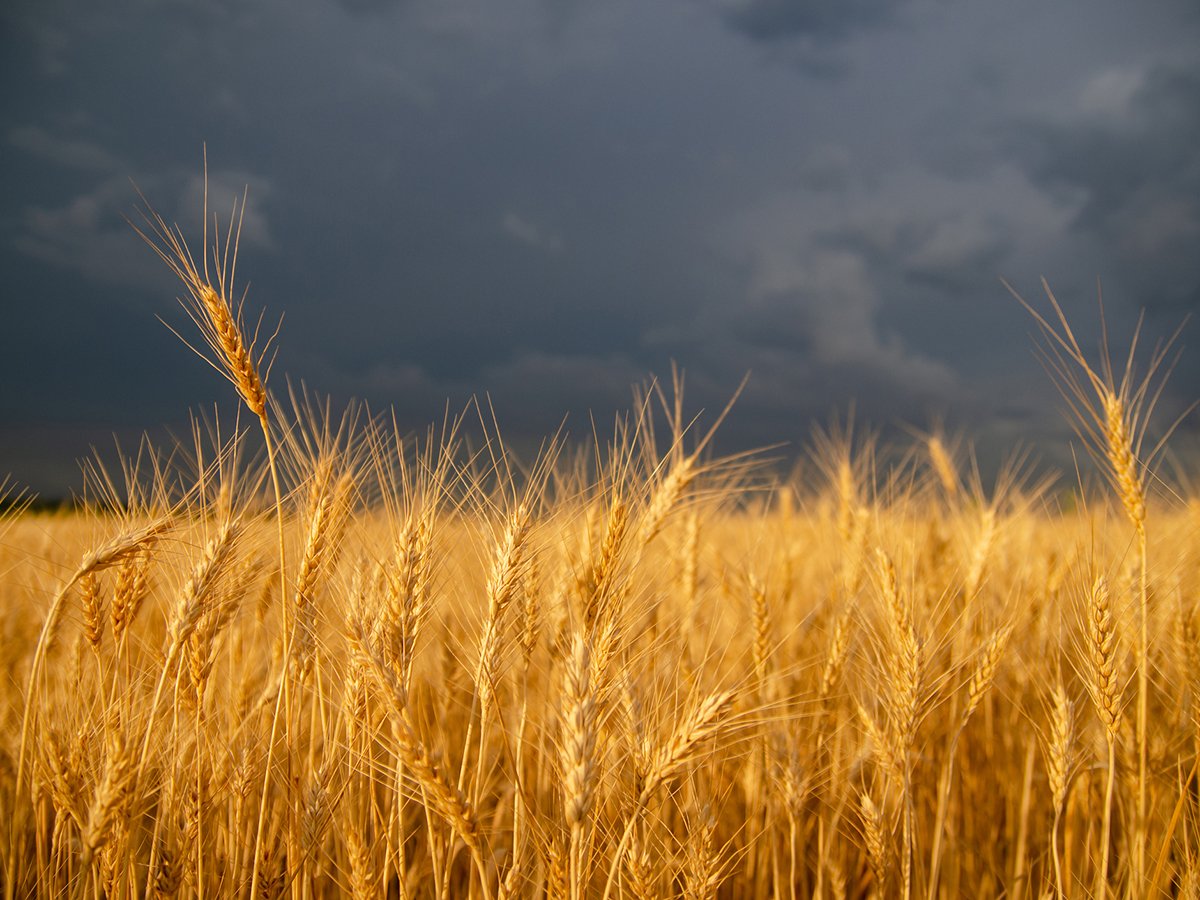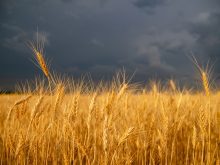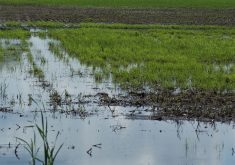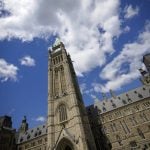According to longtime farmland realtor Tim Hammond, retired farmers are becoming more likely to sell some or all of their land rather than rent it out. This shift in attitudes could have an impact on the farmland market in years to come.
About one-third of Saskatchewan farmland is leased and while the land owned by sophisticated investors and investment companies gets a lot of attention, Hammond estimates that 80 to 85 per cent of leased land is owned by retired farmers and their families.
With several decades of experience in farmland sales, Hammond has observed shifting trends in the approach to farmland investment. Prior to 2012, he says a farm that wasn’t being passed to the next generation was often sold.
Read Also

Late season rainfall creates concern about Prairie crop quality
Praying for rain is being replaced with the hope that rain can stop for harvest. Rainfall in July and early August has been much greater than normal.
It was the classic case of farmers living poor and retiring relatively wealthy. Farming in the years prior to 2012 were often tough sledding. Retiring farmers needed the money from the sale of their land to fund their retirement.
Around 2012, a new trend emerged, with retiring farmers more likely to rent their land than sell it. More retiring farmers had money in the bank. They could enjoy life and perhaps get a retirement home without selling their land.
Besides, cash rents at the time were paying four to five per cent of farmland value in Saskatchewan. Neighboring provinces were somewhat lower because their land was valued higher, but cash rent beat the heck out of what you could earn on other investments.
Interest rates were so low that secure investments such as GICs were only paying one or two per cent. Plus, land was appreciating in value. You could get a good annual return from rent and watch the value of your asset increase.
According to Hammond, this behaviour led to a dramatic reduction in the farmland available for sale. He says from 2012 to 2023, the number of farms publicly listed for sale dropped by 75 per cent.
The supply decrease came when demand was rising. Little surprise that prices escalated rapidly from one year to the next.
Another shift is now occurring. While land prices have increased dramatically, cash rental rates have not kept pace. Hammond pegs Saskatchewan’s current lease rate returns at between 2.5 and 3.5 per cent.
Meanwhile, you’ve been able to get over five per cent on money invested in a GIC, which is secure as well as liquid.
Hammond says over the past winter, his team at Hammond Realty observed an increase in retired farmers putting some or all of their previously leased farmland on the market. High land values and modest rental rates are driving those decisions.
As well, retired farmers often leave farmland to their families, and family members are not likely to share quite the same attachment and sentimental value for the land. Younger generations often have numerous uses for the cash.
Now, the multi-billion-dollar question: If the trend continues and more land comes on the market, will that stem the tide of increasing land values?
Of course, many factors influence land values. No one knows with certainty what crop prices and farm profitability will do. For his part, Hammond believes the current market conditions of high land values, modest rental rate returns, and the aging demographic of retired farmers will continue to bring more supply to the market and that could impact market dynamics.
It’s a logical analysis that warrants watching.
Kevin Hursh is an agricultural journalist, consultant and farmer. He can be reached by e-mail at kevin@hursh.ca.


















